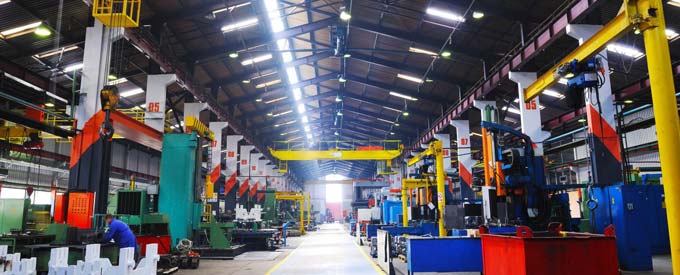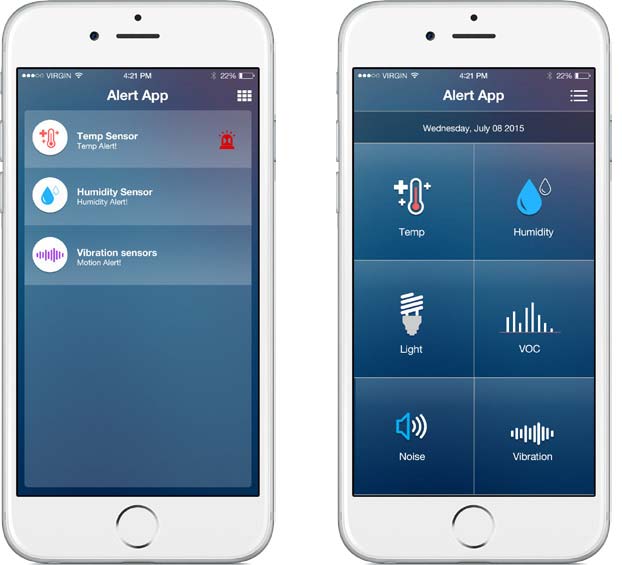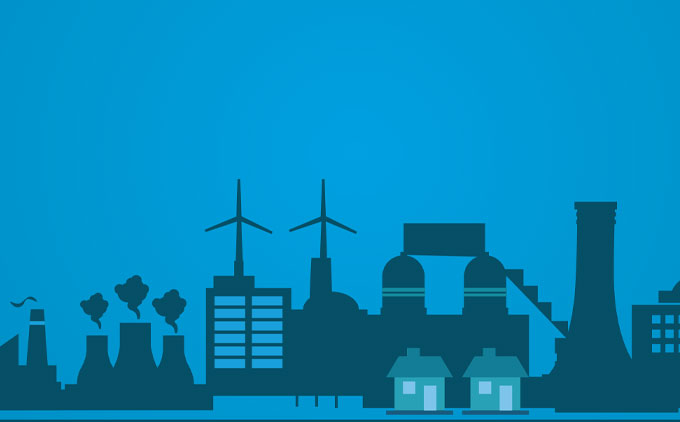Introduction
Our client is one of the leading companies in the packaging sector. It has a reputation for technological innovation
and as a flexible packaging printer and converter. The company operates a plant where the manufacture of printed
coils and aluminum laminated plastics is carried out. These products are used as a flexible packaging solution in the
food and consumer products industries. The company has to keep its products in compliance with various safety
standards since they are sold in many countries around the world.
Reducing maintenance costs and increasing quality in the manufacturing process


Challenges
The packaging materials made by our client require stringent quality control with regards to air temperature, gas level concentrations and other environmental variables. This is because the company has to meet health legislation and international standards with respect to food safety and hygiene. FDA regulations mean that maintaining a high quality level is a must throughout the production process. All this means that costs also go up while ensuring optimum quality.
Smart factory solution with sensors, microsoft azure and r analytics for efficiency and regulatory compliance
SOLUTION
Our solution involved installing wireless sensors throughout the factory and integrating them via an Internet gateway to monitor critical processes and environmental variables. The implementation of Microsoft Azure services also gives our client cloud-based predictive analysis. The company can now monitor environmental variables such as air temperature in the area where the printing machines are located, light intensity on the final products and CO2 concentration in the workers area. The integration of these sensors with the Microsoft Azure cloud platform allows data from the sensor node to be Softweb Solutions also created mobile apps which fetch data from Azure and help the factory floor supervisors and management monitor the factory environment in real-time.
How the smart factory works
During the printing process, it is important to control the drying temperature of the ink, because if the ink is not completely dry, it can ruin the impression on the material and result in complete rejection of the production. strong and impermeable. The temperature sensors help the company maintain a high sampling rate and a high rate of accuracy in the readings. The humidity sensors of the materials which have their base in the water-soluble synthetic polymers.
The light sensors are needed to keep constant luminosity and are also calibrated for color analysis. This is The sensors also measure the volatile organic compounds to ensure compliance with food safety standards. The noise sensors have been installed to monitor working conditions in the factory. Vibration sensors monitor the machines to ensure that they are working normally. Any abnormal vibrations results in alerts being sent out to the designated employee to check on the machine.

Internet gateway connects data to microsoft azure
The Internet Gateway that we set up and configured to transmit all the data to the cloud is capable of communicating uploads it to the cloud, in this case on Microsoft Azure. The use of Azure allows our client to start uploading the data without the need to configure their own server system. This also allows the data to be accessed from anywhere. Azure gives the company the ability to have a plug and play install and immediate data availability.

Automated decision making with predictive analysis
Our client is using Azure Machine Learning with R Analytics for its existing legacy systems as well as for the sensors installed in the factory. This gives the company cloud-based predictive analytics. The main benefit of predictive analysis comes from the sensor data that is being analyzed. The sensors for temperature, humidity, light, VOC, noise and vibration keep sending data that is stored in the cloud and based on predictive analysis certain processes have been automated. The company now knows when certain types of packaging materials are more vulnerable to higher temperature and humidity. With the implementation of Azure Machine Learning, the machines can alter course without the need for human intervention. This saves time and resources since sending alerts and then expecting the supervisor to send new work orders is eliminated.
The data gathered from vibration sensors allows the company to predict how certain machines are going to react during the production of different types of packaging materials.
The factory can also optimize its energy usage based on biometric scans of the employees’ login and logout times,
including break timings to predict when to switch on the lights and HVAC systems and at what temperature. This
shows that predictive analysis is not just limited to sensors but can also be integrated with other systems.










